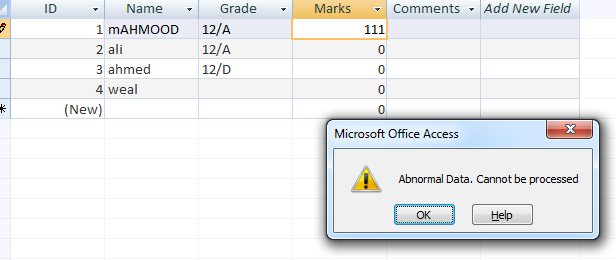yo there
so now its the last type of the system life cycle,what will happen now is that the user will evaluate the program and give complaints and suggestions for the programmer
the programmer will ask now these questions to the user:
is it easy to use?
is the new system better than the old?
did you have any problems while using the program?
now the programmer must take all the feedback's in his considerations and he will observe the user performing and he can give questioners asking about the program and he can make an interview with one of the workers to see the feedback and so he will be able to obtain information about the program and how different is the new system compared to the old one
And of course after collecting all these information's he should start improving the system and take the users opinions and decide whether the improvement should be in the design of the program or the validations etc.








